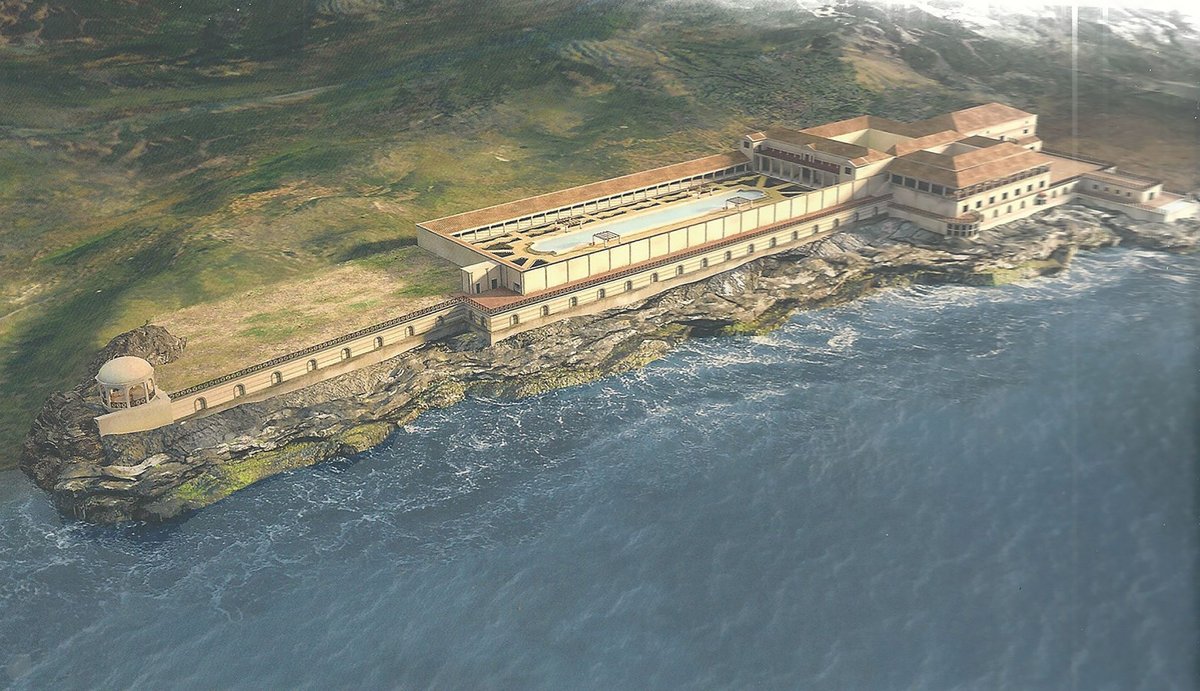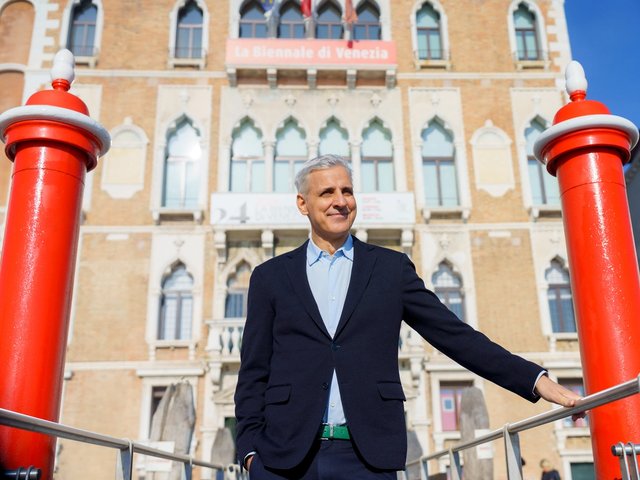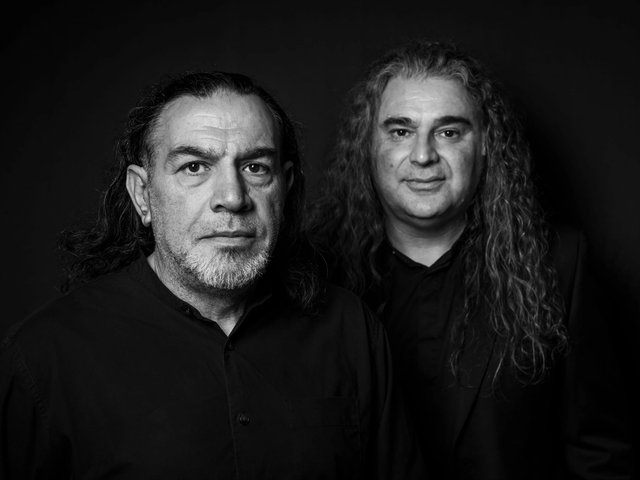As global political leaders, key figures in the tech industry and academics meet at Bletchley Park in the UK for a two-day summit on artificial intelligence— discussing in particular the risks of these new technologies and how they could be mitigated—we look at a project that reflects AI’s extraordinary potential.
The Vesuvius Challenge aims to use AI to unlock the texts in the papyrus scrolls that were carbonised when the Roman city of Herculaneum was covered in ash and pumice after the eruption of the Vesuvius volcano in 79 AD. Brent Seales, the computer scientist behind the project, discusses the technologies involved and his optimism for a positive outcome. Then, Andrew Wallace-Hadrill, director of research and honorary professor of Roman Studies at Sidney Sussex College, Cambridge, tells us about Herculaneum and the Villa of the Papyri where the scrolls were recovered, and considers what the papyri might contain.
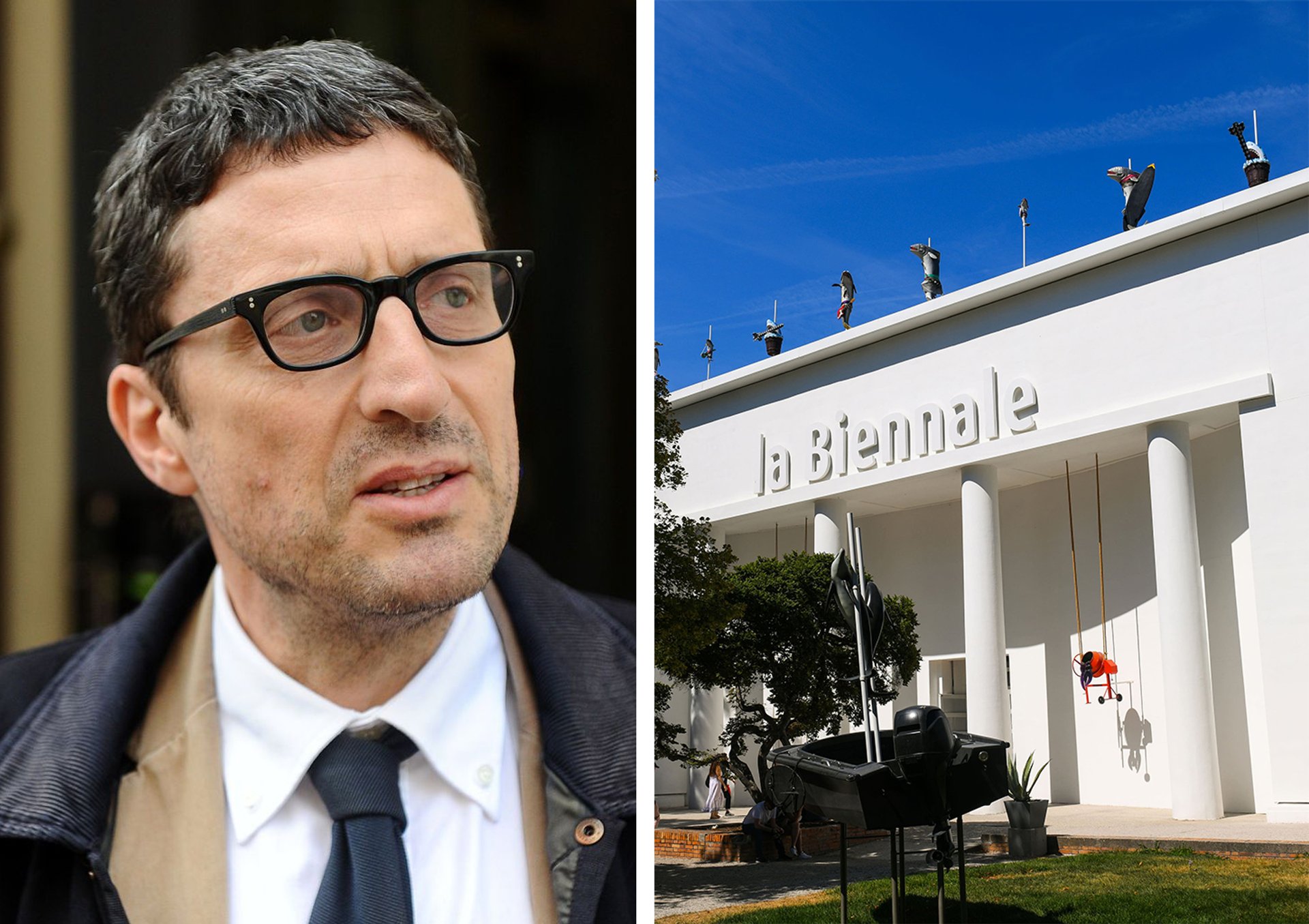
Pietrangelo Buttafuoco's appointment has been seen as one of a series of hirings through which Italy's ruling Brothers of Italy party hopes to make a mark on the country's cultural sector
Photos: Niccolò Caranti via Wikimedia; Bojanikus
In modern-day Italy, the country’s culture minister has designated Pietrangelo Buttafuoco—a right-wing journalist and author whose books include a literary portrait of the notorious former Italian prime minister Silvio Berlusconi—as the next president of the Venice Biennale. It is the latest in a series of appointments that opposition politicians describe as “chilling”. We talk to The Art Newspaper’s correspondent in Italy, James Imam.
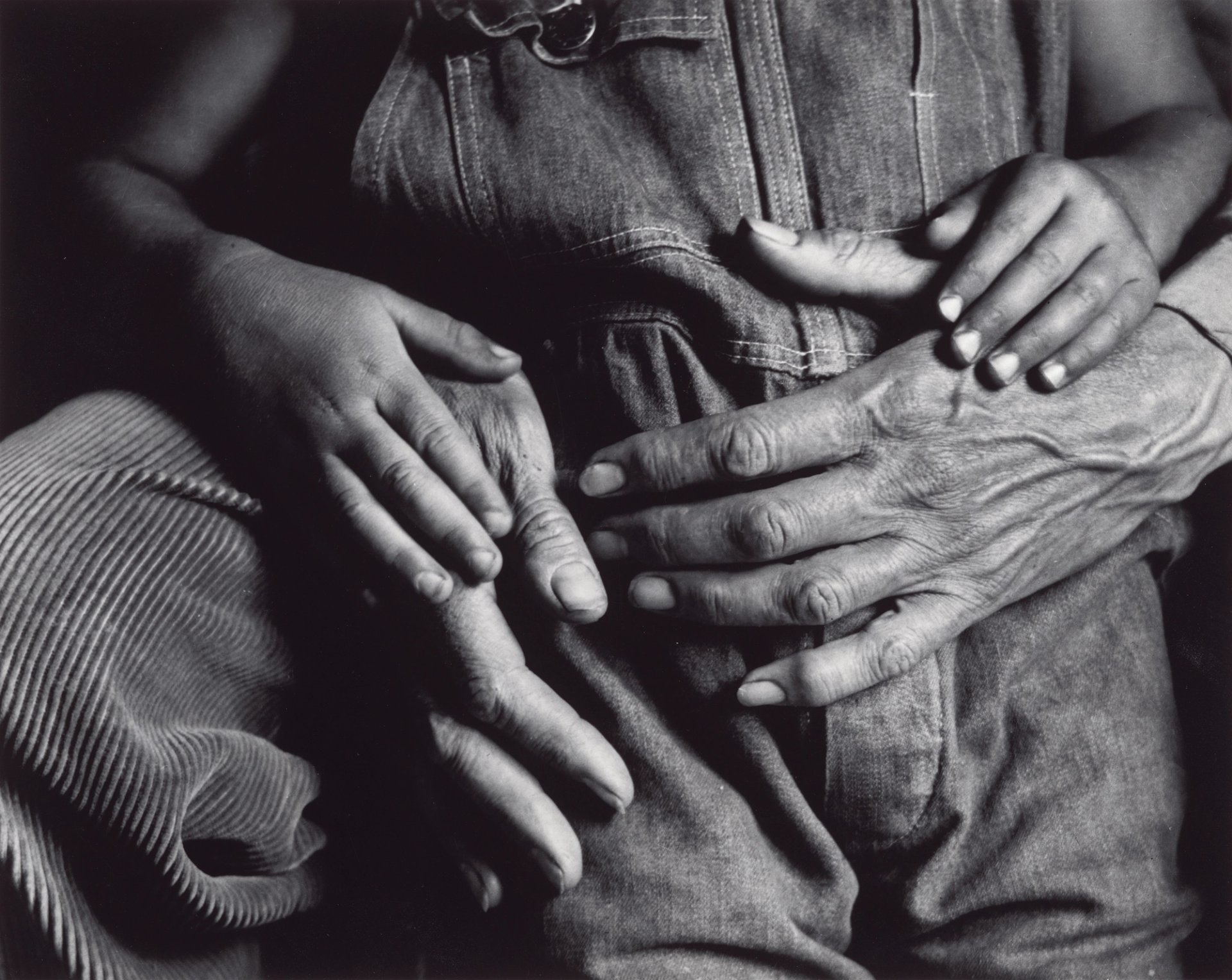
Dorothea Lange, Maynard and Dan Dixon, 1930, printed around the 1960s
National Gallery of Art, Washington. Gift of Daniel Greenberg and Susan Steinhauser
And this episode’s Work of the Week is Dorothea Lange’s photograph Maynard and Dan Dixon (1930). Philip Brookman, the curator of a new exhibition dedicated to Lange’s portraiture at the National Gallery of Art in Washington, DC, tells us more.
- Vesuvius Challenge, visit scrollprize.org
- Dorothea Lange: Seeing People, National Gallery of Art, Washington, DC, 5 November-31 March 2024



